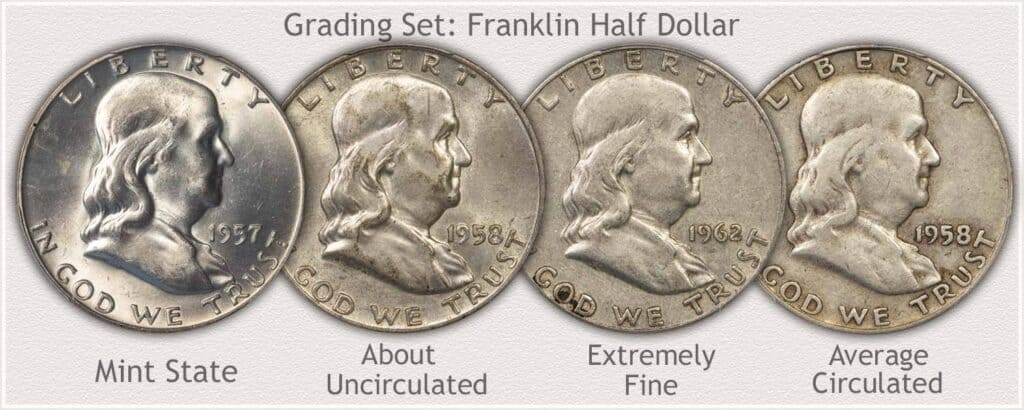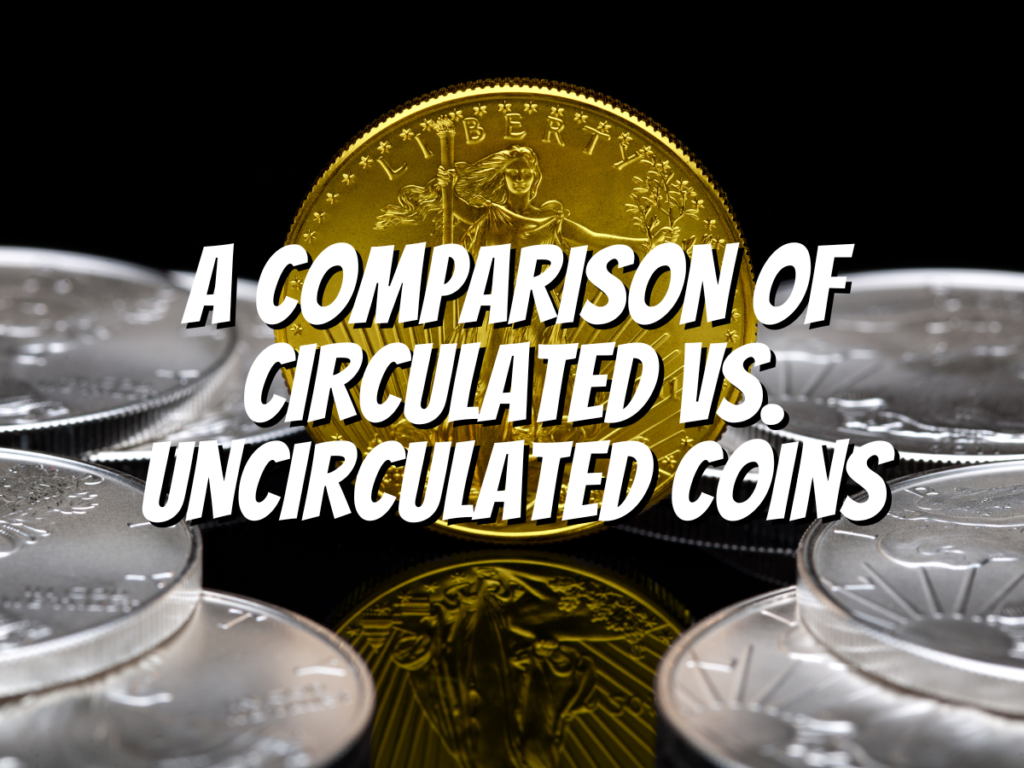The coin market can be a confusing place, especially when it comes to figuring out the difference between circulated vs. uncirculated coins.
In this article, we’ll break down the main differences between circulated and uncirculated coins so that you know what you’re looking at when browsing your collection or buying new ones.
What is Circulated Coins?
Coins you find in your pocket change or just sitting on a shelf at the store are considered circulated coins.
This is because they may have been used in transactions, and the edges show wear.
These coins may also be worn down by everyday hands rubbing against them as they pass through your wallet or purse.
You might even see some dents from handling or dropping them.
What are Uncirculated Coins?
Uncirculated coins have never been in circulation or touched by human hands.
Therefore, they’ve never been used as money, and they’ve never been used to buy anything.
Uncirculated coins are also sometimes known as mint state coins since they come from the mint in their original packaging.
Circulated vs. Uncirculated Coins

In general, it’s safe to say that an uncirculated coin has not been used in commerce or spent. The coin is often from a mint set, proof set, or a collector’s collection.
Since it hasn’t been used for commerce (and likely never will be), the value of this type of coin is generally higher than its circulated counterpart.
A circulated coin has gone through the hands of many consumers and has been “used” by all those who traded it for goods and services over time.
As a result, circulated coins are typically worth less than their uncirculated counterparts because they’ve already been subjected to wear and tear through everyday use.
How to Determine If a Coin Is Uncirculated?

You can tell if a coin is uncirculated by looking at its surface. Uncirculated coins have sharp edges and rims, while circulated coins have dulled edges.
An uncirculated coin will also have no signs of wear on the face of the portrait or design elements.
If you hold it up to the light, you should see your reflection clearly on an uncirculated coin’s surface; this can’t be done with a circulated one because there will be too much friction between its surface and your finger.
Coins that are older than 50 years old don’t get worn out as quickly as newer ones do (this is why they tend to look better), but they still need care when being handled so as not to damage their surfaces.
This includes avoiding rubbing them against each other or dropping them on hard surfaces like concrete floors (if possible).
Do You Prefer Circulated or Uncirculated Coins?

If you’re looking for a more affordable coin with signs of wear and tear, then circulated coins are your best bet.
Uncirculated coins are more valuable but come at a higher price point.
Uncirculated coins tend to have a shinier appearance than their circulated counterparts.
However, they also have less wear because they haven’t been used as often as circulation coins.
Many uncirculated coins are available, including proof sets (coins minted with special care) and silver dollars.
While these options may seem more expensive than circulation-grade coins, it’s worth it because uncirculated items can increase in value over time—especially if their condition remains high!
Before you go…
The critical difference between a circulated coin and an uncirculated coin is that one has been in the hands of the public for years while the other has remained untouched. When it comes time to sell your coins, you can expect them to fetch a higher price if they’re in pristine condition than if many have used them over time. This means the value of your coins will go up over time!
Check out my next article: “Should You Collect Circulated Coins?“
Related Articles:

